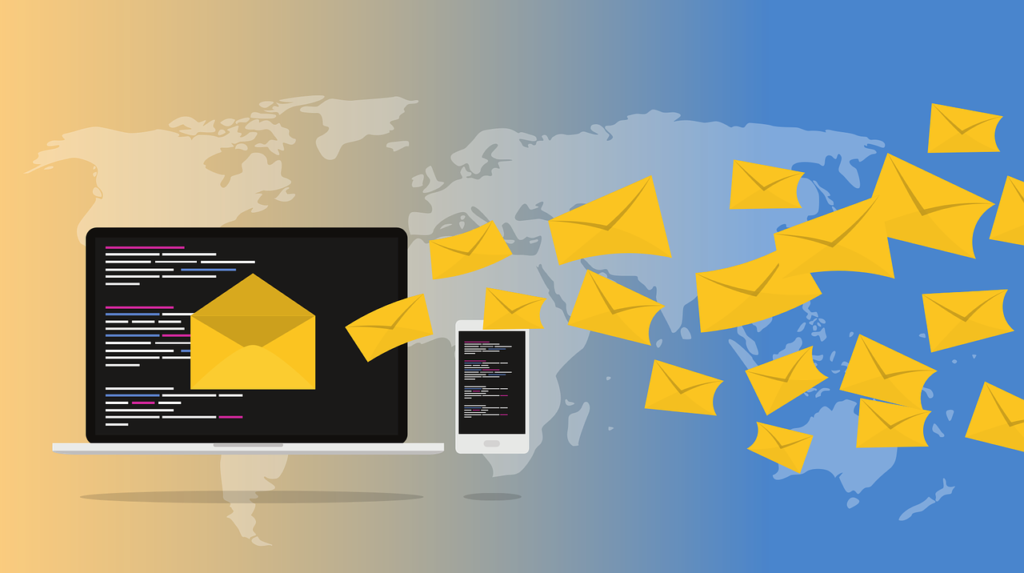
Old habits die hard, and it’s hard to imagine a more routine business practice than attaching documents to emails. Since the birth of Multipurpose Internet Mail Extensions in 1992, it’s been possible to bundle up messages, media, and text files in an easily transmissible package, and chances are you take advantage of this without even thinking about it. For some businesses, it might be impossible, or at the very least unnecessary, to consider any other way, since email attachments are often easy, fast, and a default feature.
But slow down for a second and think about what really happens when you attach a file. A 2017 report from the Radicati Group predicted that more than 319 billion emails will be sent and received on a daily basis by the end of 2021. Your business may only contribute to a small fraction of that number, but consider how much content that really represents. Over time, an over-reliance on email attachments can mean a lot of issues that you aren’t noticing.
We’ve got some ideas on what to do instead, though. If you use SAP, it’s possible to replace attachments with accessible links that don’t require access. There’s several reasons to do so, and all of them will help your business be more efficient and avoid burdening your storage systems later on.
In no particular order, here are the top three concerns that may lead you to dropping attachments for good.
1. Security
This probably isn’t a surprise, right? It’s 2018 and email still represents a vulnerability for anyone with at least one address. Search Google News for the term “email attachments” and most of the top results are about security concerns. Phishing scams abound, and it can be hard to separate the legit emails from the scammy ones, especially during hectic business seasons. A good example of this is tax time: as recently as late May 2018, the IRS released a statement designed to raise awareness around dangerous emails. One of their tips specifically warns against opening suspicious attachments, noting that the agency would not contact others this way.
Obviously, simply dropping attachments doesn’t make your emails safer, but it might at least remove one possible risk factor for recipients to worry about. Get a step ahead of the game by finding some alternative that leaves you fewer ways to look suspicious.
2. Storage
On a less ominous note, email attachments can lead to some storage problems, no matter where you store your files. Over time, the amount of documents you send back and forth can lead to real issues. Just because you’re running in a cloud environment doesn’t mean you’ve solved the issue of redundancy completely. Too many documents downloaded and stored also raises the question of how to find the files you really need.
Since this might only reveal itself to you gradually, there’s a chance you won’t become aware of it for some time. When it comes to modernization, upgrades, and tech investment, most companies are probably more concerned with ROI and the speed of conversion than exactly where documents go. While this makes sense, it doesn’t change the need to eliminate outdated documents.
There are a few ways to counter this. Aside from creating a less attachment-heavy work culture, you can put a plan in place for transferring and eventually storing or deleting old documents over time.
3. Success rate
Finally, let’s face some practical realities about how your recipients will react to your email attachments. Will the people on your list actually download and access your attachments? Aside from guaranteeing proper file format and accessibility, you may have more control and information if you move away from attaching files themselves. Think of the more integrated analytics and distribution benefits you’ll get when you can move beyond basic file exchanges.
Email isn’t likely to disappear anytime soon, so it’s worth improving your tactics for maximum effect. The key to improving your communication skills here lies in saving time for everyone involved. Just eliminating the time and burden of downloading a file can make your company’s day-to-day workflow that much easier.


